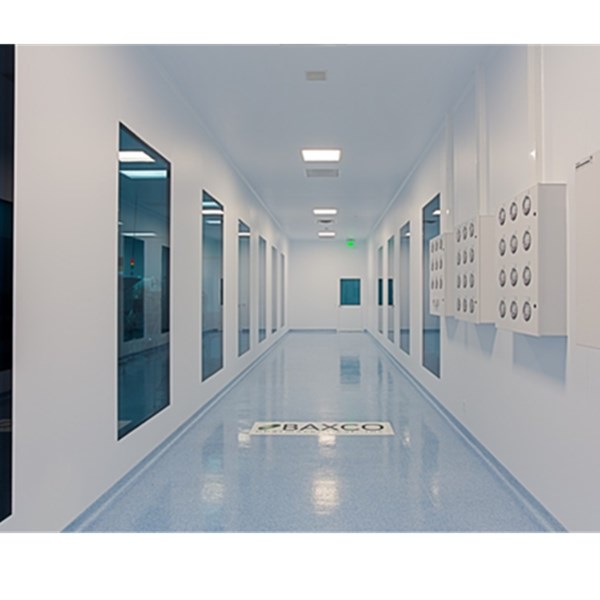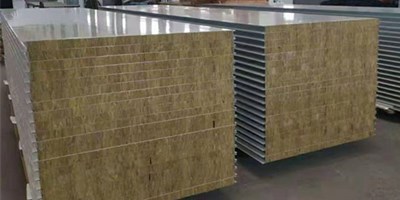Dust Particles And Microbial In Cleanroom
The Classification Of Cleanroom
Cleanroom can be classified into industrial clean room, bio-medicine clean room, biosafety clean room.
The industrial clean room mainly controls the inactive dust particles and maintains the relative positive pressure on the adjacent room. It is suitable for electronic industry and precision industry and so on.
The bio-medical clean room mainly controls the pollution of living particles and dust particles to the working objects. Except that must use the internal materials to withstand the erosion of various fungicides, it is the same as the industrial cleanrooms.
Biosafety clean room is different from general clean room only because its interior need to maintain negative pressure on adjacent room. Obviously, for non-biological drug manufacturing enterprises, we should control the clean room according to the bio-medicine clean room.

The source of dust particles and microorganism In cleanroom
The source of dust particles and microorganism in bio-medicine clean room is divided into external pollution and internal pollution.
At present, the control of external pollution is mainly accomplished by air conditioning three-stage filtration system and pressure difference control in clean room; microorganisms include: virus, rickettsia, bacteria, fungi, protozoa. Bacteria and fungi relates to clean room. Bacteria can not survive alone, generally attached to the dust particles. So the air conditioning three-stage filtration system and pressure difference control not only complete the dust particle barrier, but also complete the bacteria barrier.
Internal pollution sources mainly refer to the amount of dust emitted in a clean room. Mainly include: equipment dust, products, materials during the production process , building, craft equipment, piping and other surface dust, human dust.
- Local exhaust can remove dust from equipment, so that it does not flow into the indoor;
- Compared with the amount of dust carried by human body. The amount of dust emitted during transportation of products and materials is generally very small and Can ignoring.
- Due to the application of color steel sandwich plate, PVC floor, epoxy self-leveling, stainless steel plate, stainless steel pipeline, stainless steel bridge and other materials, the dust from the building surface is also very little, generally accounting for less than 10%.
- About 90% of human dust. In terms of the amount of human dust, the amount of human dust can be reduced through the management of personnel dress, the improvement of clothing material style, the control of personnel number and the management of personnel activity area.
For the quantity of bacteria, the analysis of foreign experimental data is as follows:
- When workers wear clean clothes in clean rooms, the bacterial quantity is generally 10-300 per person per minute at rest. 150-1000 per minute per person during general physical activity and 900-2500 per minute per person during fast walking.
- The amount of bacteria per cough is 70-700 per person per minute and per sneeze is 4000-62 000 per person per minute.
- The ratio of bacterial quantity with and without masks is 1:7-1:14.
- When wearing ordinary clothes, the bacterial count ranged from 3300 to 62000 per minute per person
- The ratio of the amount of bacteria to the amount of dust generated is 1:500 to 1:1000
Summary
Therefore, article 20 of Appendix 1 to the new version of GMP (draft for comments) provides that: “the number of persons in the clean area shall be strictly controlled and the inspection and supervision shall be carried out as far as possible outside the clean area of sterile production;”
Article 23 states that high standards of personal hygiene are extremely important. Employees involved in the production of sterile drugs should be instructed to report at any time any anomalies that may cause pollution, including the type and extent of contamination. When health conditions may increase the risk of microbial contamination, the designated person shall take appropriate measures.


